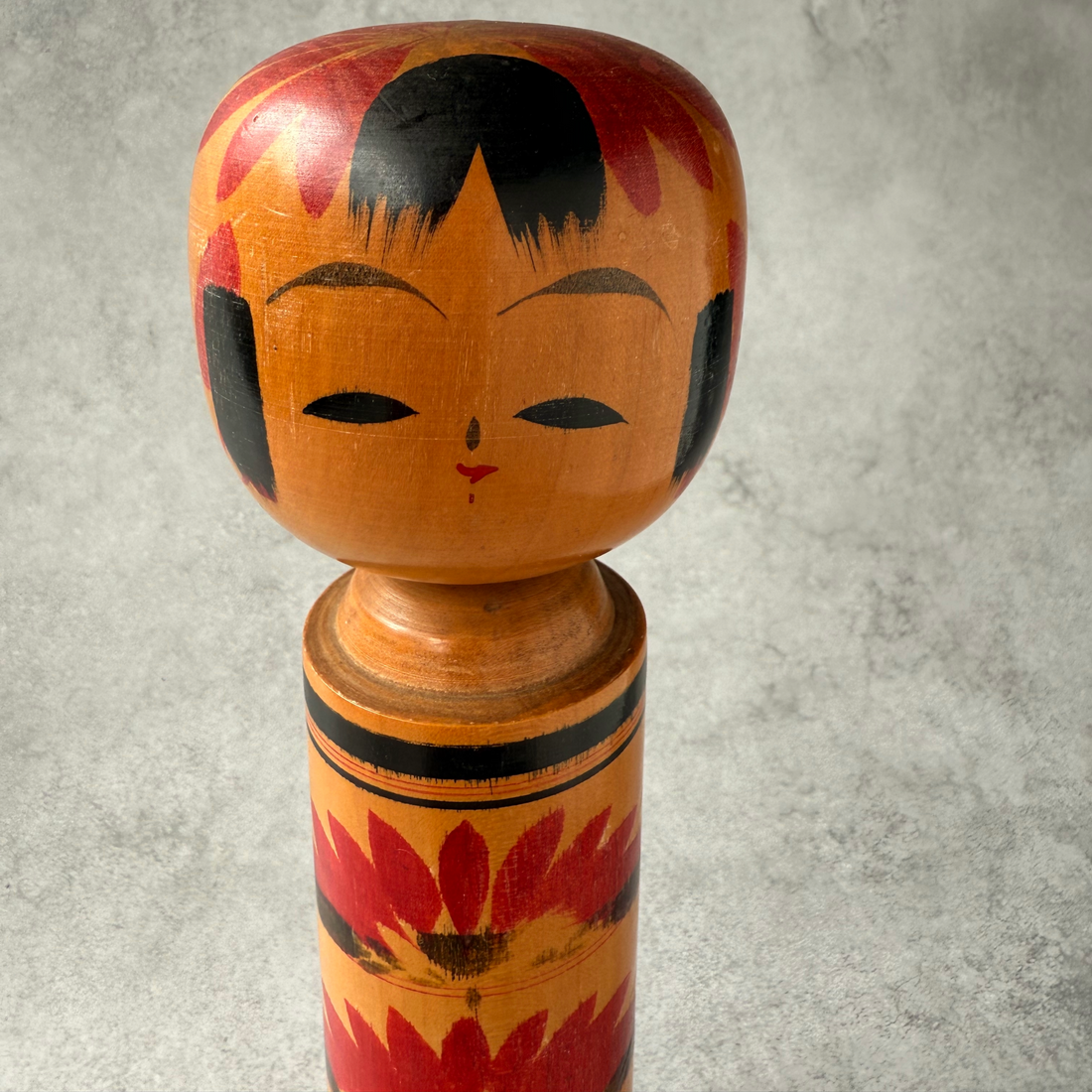
Why Do Kokeshi Dolls Have No Arms or Legs? Unraveling the Mystery of Traditional Kokeshi
Share
Introduction
Hello! Today, let’s explore a classic question about the traditional Japanese craft of kokeshi dolls—a question that everyone has probably wondered at least once:
Why do kokeshi dolls have no arms or legs?
This mysterious form actually has several possible explanations and theories. In this article, I’ll explain the reasons behind the armless, legless design of kokeshi dolls in a simple way.
I also introduce this topic in a short YouTube video. It’s simple, but please enjoy it along with the visuals. (About 40 seconds)
Kokeshi Are More Than “Just Dolls”
Originating in the Tohoku region, kokeshi are simple wooden dolls with round heads and cylindrical bodies.
But have you ever wondered, “Why don’t they have arms or legs?”
The answer is that this unique shape carries deep meaning and tradition.
Theories Behind the Lack of Arms and Legs
1. Protective Charm / Hitogata (Substitute Figure) Theory
One idea is that kokeshi were originally made as protective charms for children, or as “hitogata” (substitute figures) meant to take on misfortune or illness instead of the child.
Because of this, they were intentionally left simple—without arms or legs—so they could act as a “safeguard” against harm.
2. Unfinished Form as Yorishiro (Spiritual Vessel) Theory
There’s also the belief that making the dolls less than fully human—by omitting arms and legs—would keep too much spirit or “something” from inhabiting them.
In this way, the kokeshi could serve as a sacred “yorishiro” (a vessel for spirits or gods), offering protection like a guardian.
3. Practical Reason (Durability)
Another reason is simply practicality: the simple shape makes the dolls less likely to crack or break.
This allowed children to play with them for a long time, and made them easier for craftsmen to produce efficiently.
Kokeshi Dolls: Filled with Prayer and Ingenuity
As you can see, the reasons for kokeshi’s armless, legless design are a blend of faith, prayer, craftsmanship, and Japanese aesthetics.
Kokeshi aren’t just toys or souvenirs—they’re traditional crafts filled with the hopes, prayers, and wisdom of the Japanese people.
Conclusion
There is no single reason why kokeshi dolls have no arms or legs.
Prayer, belief, and the ingenuity of artisans—all these elements are contained within the simple shape of kokeshi dolls.
The next time you see a kokeshi, I hope you’ll pause and think about the rich background behind it.
If you found this article helpful, please consider subscribing to my YouTube channel or leaving a comment!

